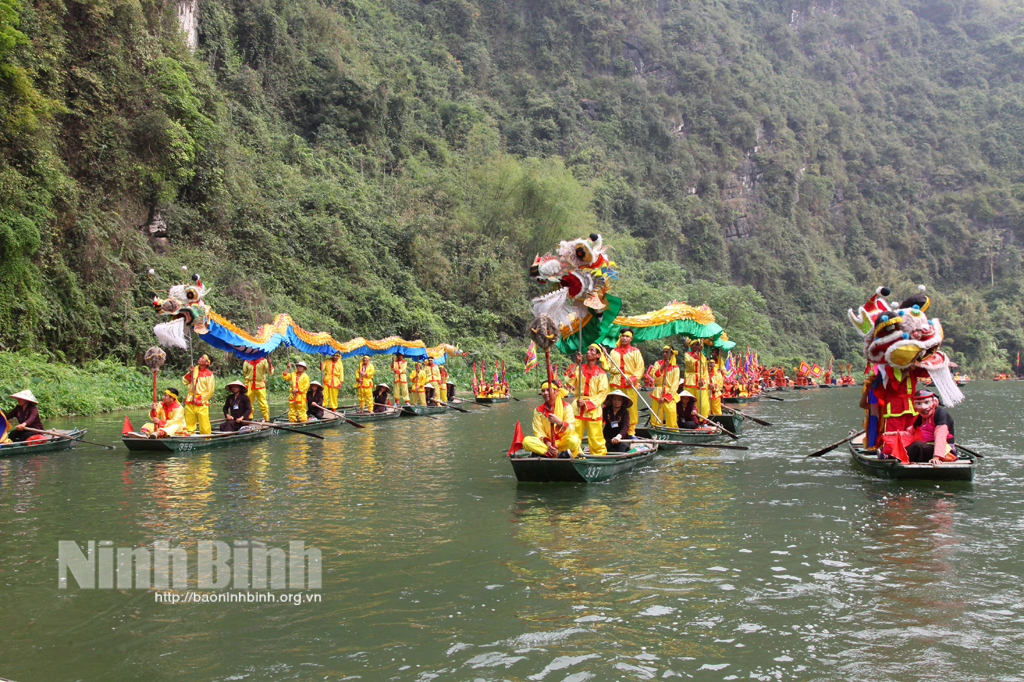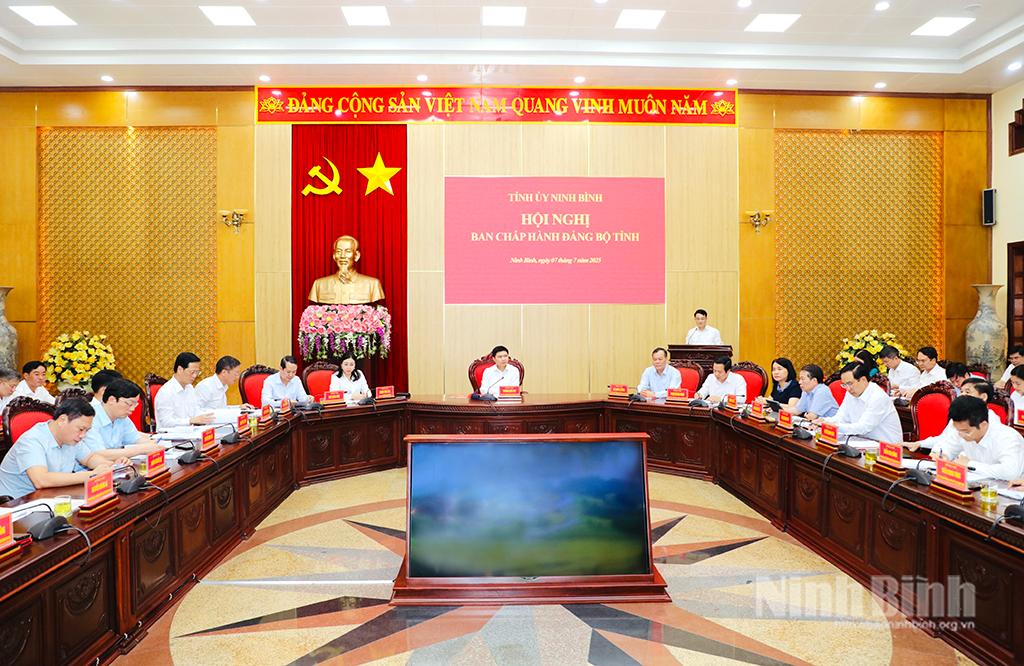Ninh Binh promotes values of tangible culture heritage to build local brand names

Ninh Binh is home to numerous tangible culture heritages, including cultural and historical relic sites, landscapes, artifacts, temples, pagodas, and cultural works. These have been built and preserved throughout over thousands of years and showed the long-lasting culture of the Hoa Lu land.
Outstanding and unique cultural and historical relic sites in Ninh Binh have become popular destinations for domestic and foreign visitors.
Apart from historical values, Ninh Binh owns numerous precious architectural works, as well as stone and wooden carving arts such as Dinh Tien Hoang Temple, Le Dai Hanh Temple, Duc Thanh Nguyen (Saint Thanh Nguyen) Temple, and Phat Diem stone cathedral.
Numerous artifacts, national objects and treasures have been found in Ninh Binh, namely Buddhist scripture column at Nhat Tru pagoda, two royal stone beds at King Dinh Tien Hoang Temple, and special ceremonial weapons called "Bộ Phủ Việt" in King Dinh Tien Hoang and King Le Dai Hanh temples.
Scientists and experts have found nearly 40,000 documents and artifacts of different materials such as porcelain, pottery, metal, cloth and wood in local cultural and historical sites.
These are evidence of the long-lasting culture and history of the Hoa lu land, and they have served as foundation and important drivers for the province's socio-economic development with unique local identity and brand name.
According to recent statistics, Ninh Binh province now has 1,821 relics. Of which, 395 have been ranked, including one world cultural and natural heritage, three special national relic sites, 78 national relic sites, and 314 provincial relic sites.
In the past years, local administrations at all levels, sectors and localities have paid more due attention to investing, repairing, preserving and promoting the values of tangible cultural heritages.
The culture sector has regularly worked with administrations at all levels, sectors and localities in ensuring the harmony between the preservation and exploitation of tangible cultural heritages.
Local authorities have paid heed to popularising the importance and values of heritages to local communities in a bid to call for their support in repairing, preserving and exploiting heritages sustainably.
The province has also worked ton turn these tangible culture heritages into places for cultural and spiritual activities for not only local people but also for tourists.
These are advantages for Ninh Binh to build its own local brand names.
Translated by Nguyen Thuy


